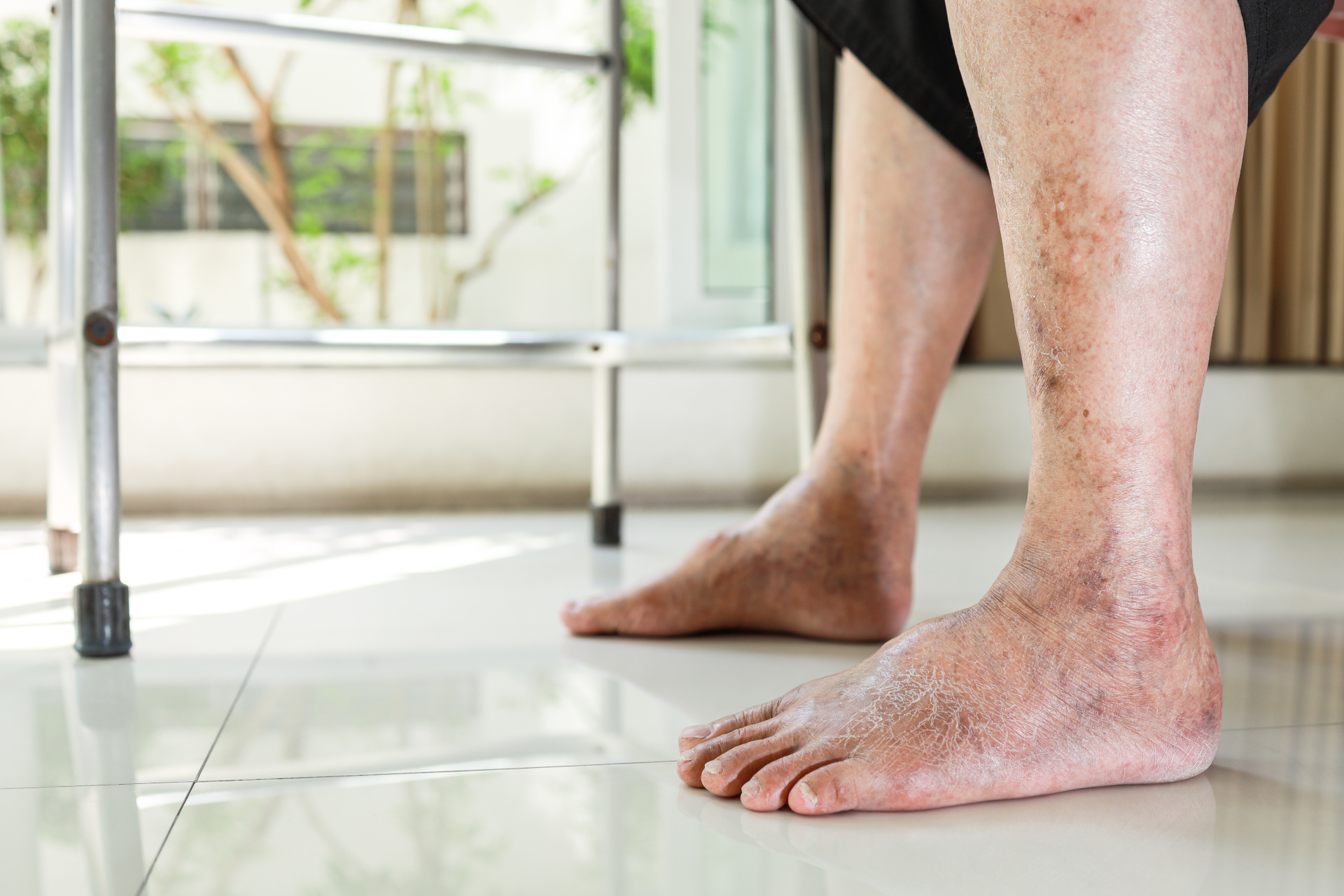
Peripheral Artery Disease (PAD) affects over 8.5 million Americans, yet most are unaware of its existence until it’s too late. September marks Peripheral Artery Disease (PAD) Awareness Month and medical professionals are sounding the alarm on a condition that affects millions of Americans yet remains largely unknown to the public. “PAD kills more people than the top three cancers combined,” says Anahita Dua, MD a board-certified vascular surgeon at Massachusetts General Hospital. Most people will know what a heart attack and a stroke is, but a recent survey shows up to 70% of the American public does not know what PAD is.” The PAD Pulse Alliance, a coalition of four leading medical societies including the Society for Vascular Surgery (SVS), has launched the “Get A Pulse” campaign to change this narrative.
What is Peripheral Artery Disease?
This buildup, known as atherosclerosis, narrows the arteries and reduces blood flow to the limbs. The result? A range of symptoms that many mistakenly attribute to normal aging or other less serious conditions.
Unfortunately, this lack of awareness can lead to delayed diagnosis and treatment, potentially resulting in severe complications, including amputation. “PAD is under diagnosed or sometimes misdiagnosed primarily because of the lack of awareness around it and as a result, it’s not something the patient may think to ask about,” says Dua. However, the symptoms of the disease can sometimes mimic other diseases. For example, if you have pain in your legs when you walk, it could be because you have back issues and you may attribute that to your pain when in fact, it’s a blockage problem of the blood vessels,” she says.
Recognizing the Symptoms
The symptoms of PAD can be subtle and easy to overlook:
- Leg pain or cramping during physical activity (claudication)
- Numbness or weakness in the legs
- Cold feet or legs
- Ulcers or sores on the toes, feet, or legs that heal slowly or remain unhealed
- A change in leg color
- Loss of hair on feet and legs
These symptoms often subside with rest, leading many to ignore them. SVS and the PAD Plus Alliance experts, however, urge patients to never dismiss persistent discomfort.
The Silent Threat
PAD’s nickname, the “silent amputator,” is not an exaggeration. If left untreated, PAD can lead to critical limb ischemia, a severe condition that may result in gangrene and ultimately, amputation. In fact, PAD is responsible for approximately 400 amputations each day in the United States, making it the leading cause of non-traumatic amputations.
Who’s at Risk?
While PAD can affect anyone, certain factors increase the risk:
- Smoking
- Diabetes
- High blood pressure
- High cholesterol
- Age (over 50)
- Family history of PAD or cardiovascular disease
PAD disproportionately affects certain communities. “Challenges in accessing timely care significantly contribute to higher rates of limb loss in marginalized communities,” said Dr. Matthew Eagleton, MD, president of the Society for Vascular Surgery. “Studies reveal that Black individuals are twice as likely to develop PAD and up to four times more likely to experience limb loss compared to white individuals, with Latinx populations also facing more severe outcomes, including an elevated risk of limb removal. The purpose of creating the PAD Pulse Alliance is to ensure patients can easily access information that can help save their limbs.”
The Importance of Early Detection
Early detection and treatment of PAD are crucial in preventing its progression and reducing the risk of severe complications. The PAD Pulse Alliance recommends three steps to “get a pulse on PAD”:
- Know your risk factors
- Don’t ignore symptoms
- Kick off the conversation with your doctor
Taking Action
If you’re concerned about PAD, don’t hesitate to speak with your healthcare provider. If you may have another issue like back problems or issues with your joints that may sometimes mimic symptoms,” explains Dua. “Your primary care doctor can order the right testing, specifically an ultrasound test, and see how much blood is actually getting down to your feet. They can also do a physical examination for your feet for pulses,” she says.
Various treatment options are available, ranging from lifestyle changes to medication and medical procedures.
SVS and its coalition partners recommend that people use PAD Awareness Month as an opportunity to learn about this condition and share the information with loved ones who may be at risk.

